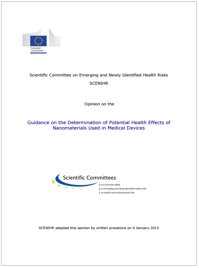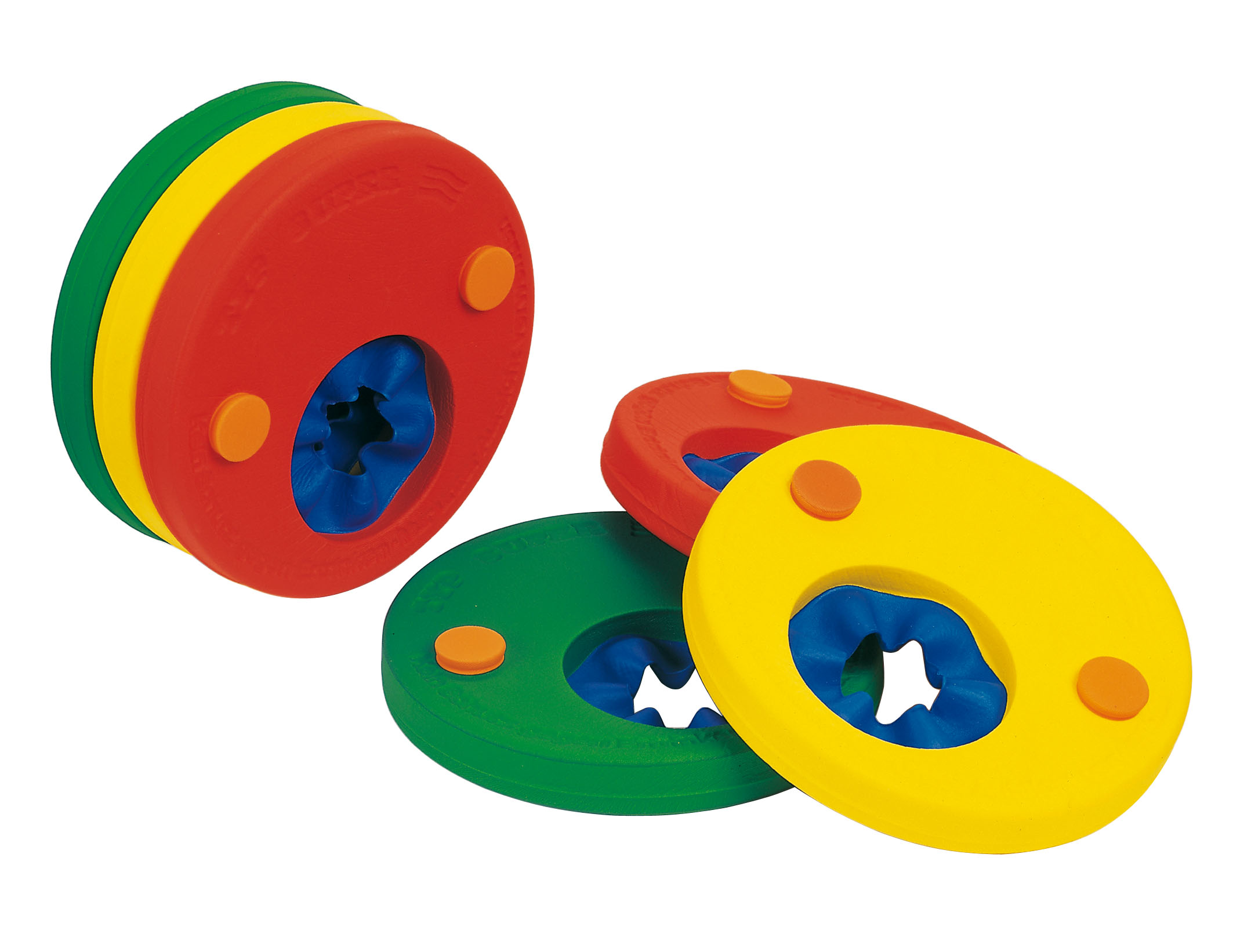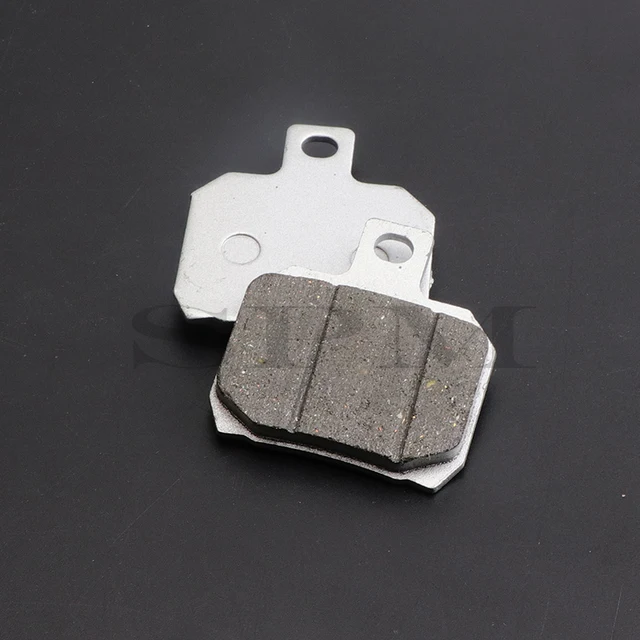Guidance on the determination of potential health effects of nanomaterials used in medical devices

Guidance on the determination of potential health effects of nanomaterials used in medical devices
This Guidance addresses the use of nanomaterials in medical devices and provides information for risk assessors regarding specific aspects that need to be considered in the safety evaluation of nanomaterials.
According to the EU Recommendation for the definition of a nanomaterial (Commission Recommendation 2011/696/EU, EC 2011) any particulate substance with at least one dimension in the size range between 1 and 100 nm is considered a nanomaterial.
These particles (nanoparticles) exhibit specific characteristics that differ from the characteristics of larger sized particles with the same chemical composition.
The use of nanomaterials in medical devices poses a challenge for the safety evaluation and risk assessment of these medical devices as the specific character of the nanomaterial used should be taken into consideration.
The various aspects of safety evaluation and risk assessment of medical devices containing nanomaterials are addressed in this Guidance.
The use of nanomaterials in medical devices can vary considerably. Examples are the use of free nanomaterials being a medical device and administered to the patient as such (e.g. iron oxide or gold nanomaterials for heat therapy against cancer), free nanomaterials in a paste-like formulation (e.g. dental filling composites), free nanomaterials added to a medical device (e.g. nanosilver as antibacterial agent in wound dressings), fixed nanomaterials forming a coating on implants to increase biocompatibility (e.g. nano-hydroxyapatite) or to prevent infection (e.g. nano-silver), or embedded nanomaterials to strengthen biomaterials (e.g. carbon nanotubes in a catheter wall). In all these cases the potential exposure to the nanomaterials should be considered.
It is additionally recognised that wear-and-tear of medical devices may result in the generation of nanosized particles even when the medical device itself does not contain nanomaterials.
Guidance is provided on physico-chemical characterisation of nanomaterials, the determination of hazards associated with the use of nanomaterials, and risk assessment for the use of nanomaterials in medical devices.
The safety evaluation of the nanomaterials used in medical devices is discussed in the context of the general framework for biological evaluation of medical devices as described in the ISO 10993-1:2009 standard.
Therefore, the risk assessment should be performed taking into consideration the type of device, the type of tissue contact, and the contact duration, thus identifying the specific exposure scenario.
This Guidance provides information to assist with safety evaluation and risk assessment on the use of nanomaterials in medical devices that should be considered in conjunction with the ISO 10993-1:2009 standard.
The Guidance highlights the need for special considerations in relation to the safety evaluation of nanomaterials, in view of the possible distinct properties, interactions, and/or effects that may differ from conventional forms of the same materials. For some assays evaluating potential hazards of nanomaterials adaptation of existing assays may be necessary. In addition, it is also possible to apply this Guidance for the safety evaluation and risk assessment of particles with a size larger than 100 nm.
European Commission 2015
Allegati
|
Descrizione |
Lingua |
Dimensioni |
Downloads |
 |
|
EN |
1929 kB |
5 |



































